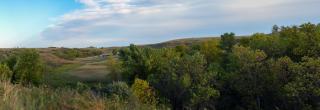
Forest
Description and Key Features
This landscape component includes larger tracts of native upland deciduous forest scattered throughout North Dakota, as well as unique stands of natural coniferous forest (Figure 24).
Less than 2% of the state is forested, which includes deciduous and coniferous forests, wooded shrubland, and riparian forests.
Approximately 72% of the state’s forestland is deciduous forest.
Larger tracts of deciduous forest, designated as Focus Areas, include the Pembina Gorge, Turtle Mountains, Devils Lake Hills, and Killdeer Mountains.
The Ponderosa Pines is a key coniferous forest Focus Area.
Smaller, scattered deciduous forest tracts are found along the bluffs of the Sheyenne River and on the north- and east-facing slopes of the Badlands (woody draws).
These natural upland forests are a rare and unique community in North Dakota.
Most forested areas in the state are privately owned and primarily used for cattle grazing.
While over-harvesting for wood products does not appear to be a major issue, the lack of forest regeneration in some areas is a concern.
Additionally, clearing of trees for farming or other development continues to impact these forested areas.
Forest Classification Relationships
- The Midwest Landscape Initiative developed Voluntary Lexicon and Best Practice Recommendations for Midwest State Wildlife Action Plans (May 2024). In line with recommendation 2.1, the following Macrogroup and Group classifications from the United States National Vegetation Classification System (USNVC) pertain to forest habitat in North Dakota.
- Macrogroup: M012 Central Midwest Oak Forest, Woodland & Savanna https://www1.usgs.gov/csas/nvcs/unitDetails/838459
- Group: G181 Central Midwest Oak Openings & Barrens https://www1.usgs.gov/csas/nvcs/unitDetails/837682
- Macrogroup: M501 Central Rocky Mountain Dry Lower Montane-Foothill Forest https://www1.usgs.gov/csas/nvcs/unitDetails/877291
- Group: G209 Rocky Mountain Foothill-Rock Outcrop Limber Pine – Juniper Woodland https://www1.usgs.gov/csas/nvcs/unitDetails/836637
- Group: G213 Central Rocky Mountain Ponderosa Pine Open Woodland https://www1.usgs.gov/csas/nvcs/unitDetails/836566
- Group: G216 Black Hills-Northwestern Great Plains Ponderosa Pine Forest & Woodland https://www1.usgs.gov/csas/nvcs/unitDetails/836663
- Macrogroup: M151 Great Plains Forest & Woodland https://www1.usgs.gov/csas/nvcs/unitDetails/860458
- Group: G324 Great Plains Mesic Forest & Woodland https://www1.usgs.gov/csas/nvcs/unitDetails/856641
- Group: G146 Northeastern Great Plains Aspen Woodland https://www1.usgs.gov/csas/nvcs/unitDetails/849192
- Group: G328 Northwestern Great Plains Aspen Woodland https://www1.usgs.gov/csas/nvcs/unitDetails/849198
- Group: G329 Great Plains Bur Oak Forest & Woodland https://www1.usgs.gov/csas/nvcs/unitDetails/849207
- Macrogroup: M029 Central Hardwood Floodplain Forest https://www1.usgs.gov/csas/nvcs/unitDetails/838650
- Group: G652 Midwest Floodplain Forest https://www1.usgs.gov/csas/nvcs/unitDetails/877317
- Macrogroup: M028 Great Plains Flooded & Swamp Forest https://www1.usgs.gov/csas/nvcs/unitDetails/860485
- Group: G147 Great Plains Cottonwood – Green Ash Floodplain Forest https://www1.usgs.gov/csas/nvcs/unitDetails/856756
- Macrogroup: M012 Central Midwest Oak Forest, Woodland & Savanna https://www1.usgs.gov/csas/nvcs/unitDetails/838459
Forest Map

Figure 24. Forest (dark brown).
Forest Images
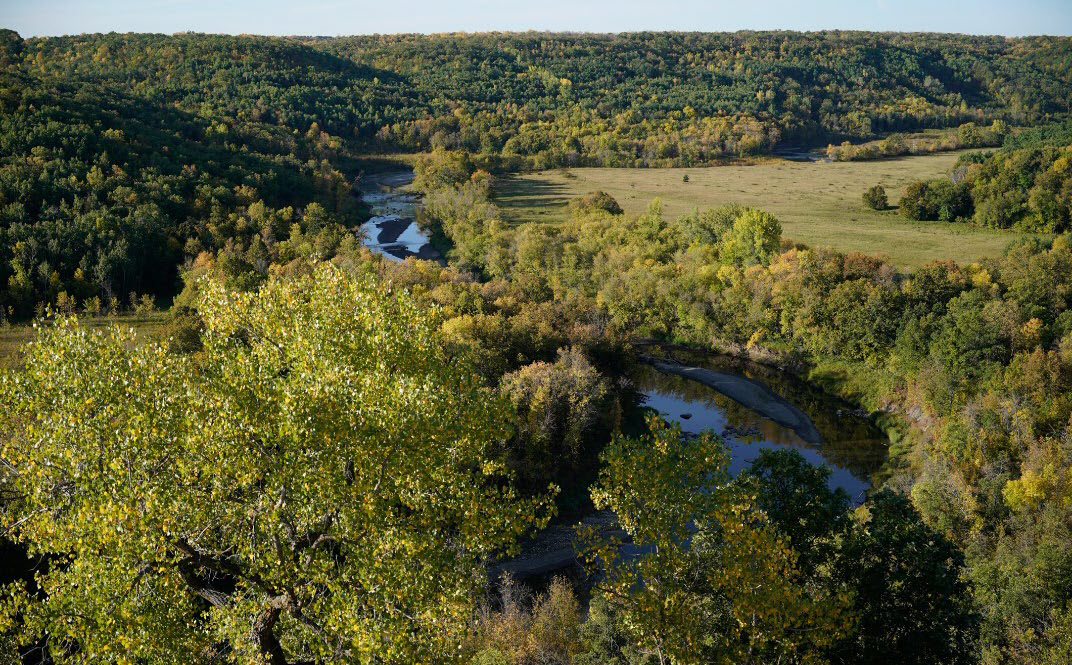
Pembina Gorge

Woody Draws
Associated Species
Note: Species listed here include SWAP SGCN and game species.
| Species Image | Species | Taxon | Subtaxon or Group |
|---|---|---|---|
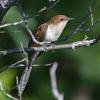
|
Black-billed Cuckoo | Birds | Landbird |
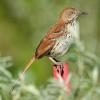
|
Brown Thrasher | Birds | Landbird |

|
Harris’s Sparrow | Birds | Landbird |
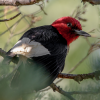
|
Red-headed Woodpecker | Birds | Landbird |

|
Ruffed Grouse | Birds | Landbird |
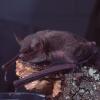
|
Little Brown Bat | Mammals | Bat |
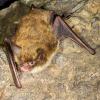
|
Northern Long-eared Bat | Mammals | Bat |
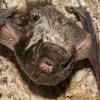
|
Silver-haired Bat | Mammals | Bat |
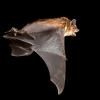
|
Big Brown Bat | Mammals | Bat |

|
Eastern Red Bat | Mammals | Bat |
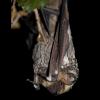
|
Hoary Bat | Mammals | Bat |

|
American Toad | Amphibians | Toad |
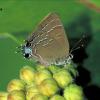
|
Edwards’ Hairstreak | Terrestrial Invertebrates | Skipper |

|
Hobomok Skipper | Terrestrial Invertebrates | Skipper |
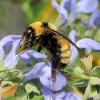
|
Yellow Bumble Bee | Terrestrial Invertebrates | Bumble Bee |

|
Yellow-banded Bumble Bee | Terrestrial Invertebrates | Bumble Bee |

|
Tawny Crescent | Terrestrial Invertebrates | Butterfly |
